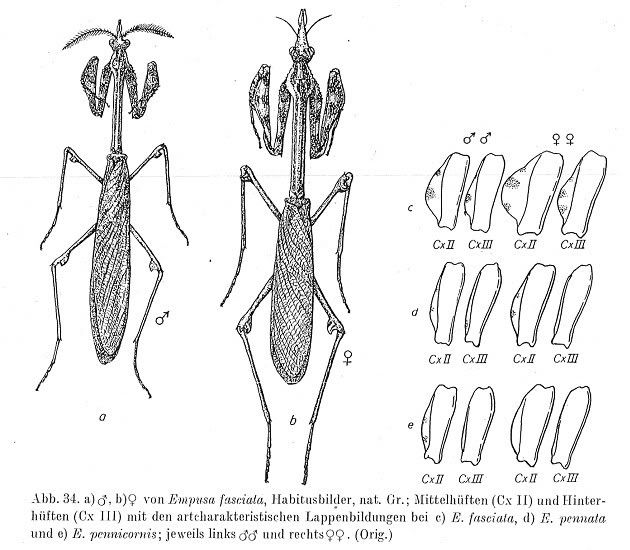Hey dude,
I checked for some information on the forum, I can find several information about Empusa Pennata, but I would like to put all the information together.
Indeed, I will have thanks to a spanish Friend ooths of empusa.
I read several book too about this empusa.
Everybody has ever breed this mantid ?
What are your perfect housing conditions ? Your results ? Your observation ?
How do you do the diapause ? Is it very necessary for a good growth ?
As I said, my futur mantid will come from Spain, we are in August, so I have to do a diapause ?
Well 8) Can you advice me about this Empusa !!!!! Please ! :wink:
I checked for some information on the forum, I can find several information about Empusa Pennata, but I would like to put all the information together.
Indeed, I will have thanks to a spanish Friend ooths of empusa.
I read several book too about this empusa.
Everybody has ever breed this mantid ?
What are your perfect housing conditions ? Your results ? Your observation ?
How do you do the diapause ? Is it very necessary for a good growth ?
As I said, my futur mantid will come from Spain, we are in August, so I have to do a diapause ?
Well 8) Can you advice me about this Empusa !!!!! Please ! :wink:













































